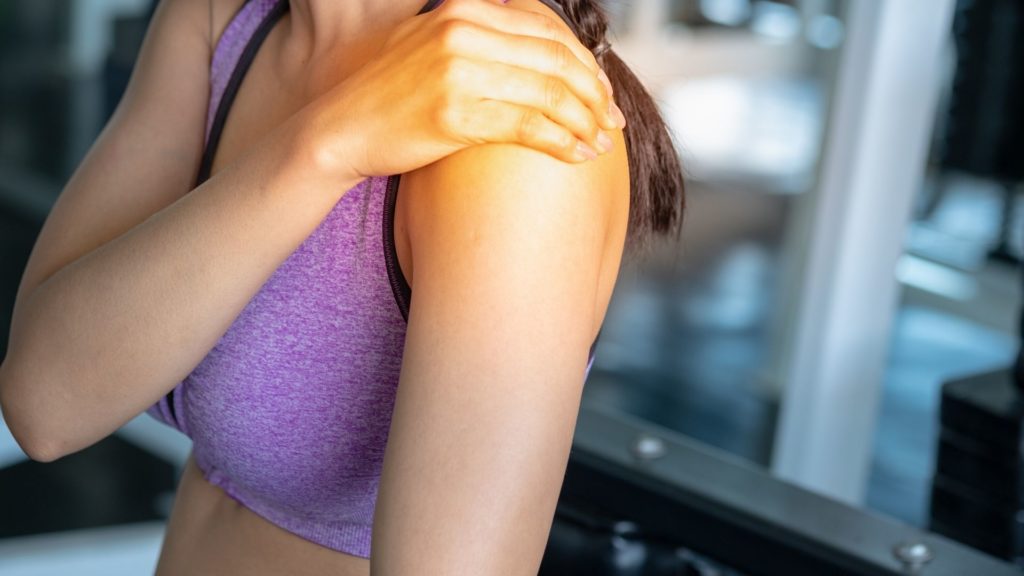The rotator cuff is not a single structure. There are a group of muscles in the shoulder that rotate and lift the arm at the shoulder joint. The tendons of these muscles come together and form a single common sheet of tendon through which they all attach together to bone. This common sheet of tendons is call the rotator cuff because it surrounds the top and back of the ball in the shoulder joint and serves the muscles in the shoulder.
Because of its location in the shoulder, the rotator cuff is constantly rubbing between two hard, bony surfaces. Repeated arm movements from sports, exercise, or occupational movements can cause inflammation or even tearing of the rotator cuff. Not uncommonly rotator cuff tearing occurs from a fall onto an outstretched upper extremity. Most tears do not detach the muscle completely from the bone, but if that occurs, it becomes difficult for the injured person to life their arm.
Symptoms of Rotator Cuff Injuries
The usual symptoms of a rotator cuff injury are pain (especially night pain), weakness, and an inability to lift the arm. These symptoms can mimic a number of other conditions, such as neck problems, pinched nerves, frozen shoulder syndrome and arthritis. Examination by an experienced physician can usually determine a correct diagnosis.
Treatment
In cases that do not involve a complete tear of the rotator cuff, non-surgical treatment is successful. Treatment is aimed at reducing inflammation through the use of non-steroidal anti-inflammatory drugs (NSAIDs) and avoiding the activity that caused the injury. If a patient does not adequately respond to rest and the use of NSAIDs cortisone injections directly into the shoulder can provide nearly instant relief.
Surgical treatment generally involves making more room for the rotator cuff and repairing tears. Both surgeries can be performed “open” through a large incision, or arthroscopically through several smaller incisions. Both techniques are effective.

